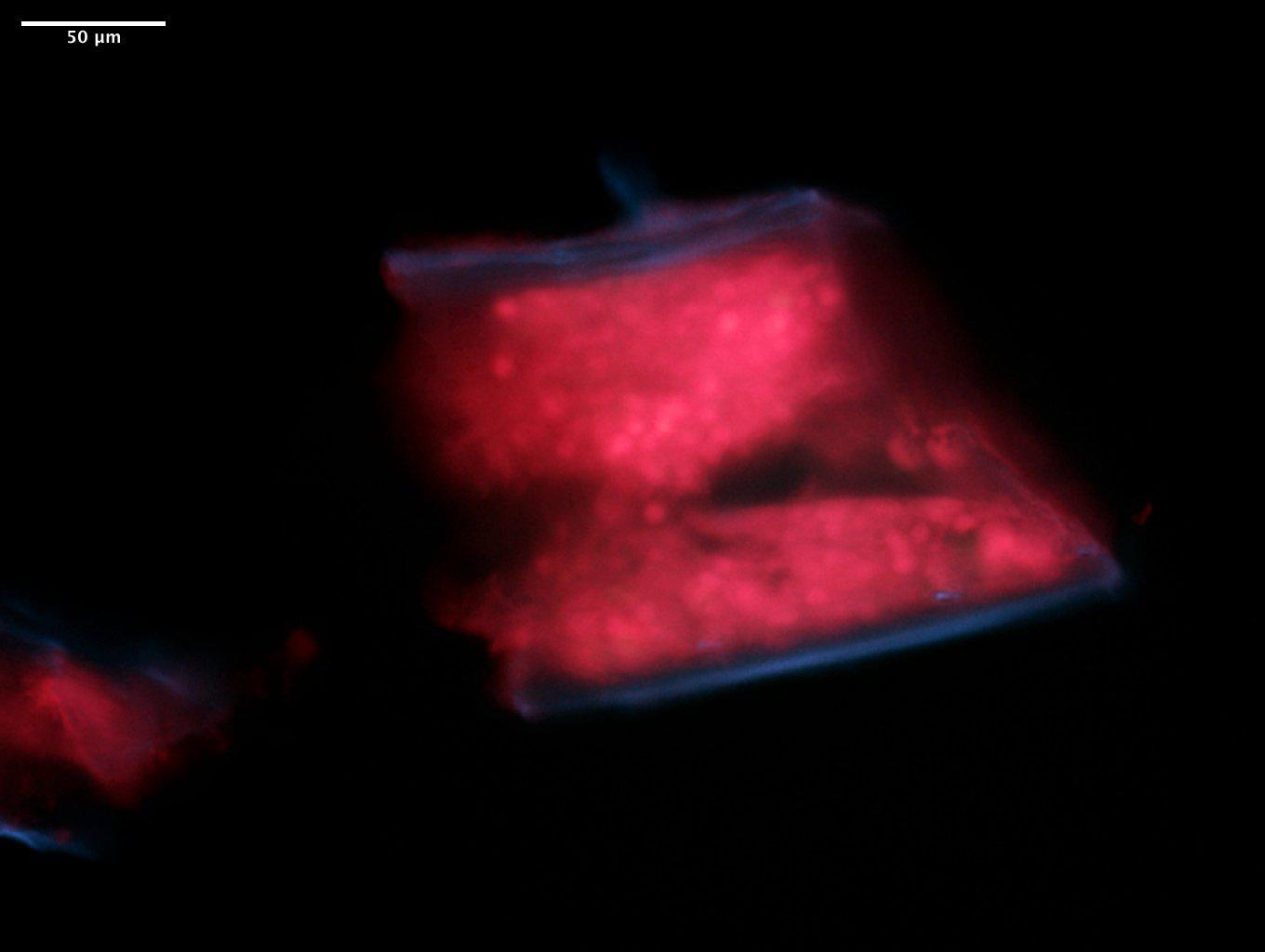I’ve been thinking largely about what to write for my first blog post. At the beginning, my options were either an introduction of the organism which I am working with, or talking about my project itself – what is the current progress or, digging deeper, how does the life of a PhD student look like. Actually, I’m going to talk about something that is more or less in all these issues: when the experiments do not work.
One of the things that you have to deal with in research and you never think while you are still in college is that most of the experiments you do will fail. This is quite usual, especially when you meet a new area or an organism in which there are not so numerous optimised techniques as in the classical modern organisms. In my case, this is what I am facing now; I am still stuck on the first step of my first experiment.
I believe it is important to warn students in that sense as multiple times we have the romantic idea that in our daily life in the lab we will get mainly definite results at least most of the time. The reality is that it will be tough, you will repeat it a thousand of times, there will be days when you do not even know what is wrong and you will constantly look for ways to adapt other protocols. Consequently, it is frustrating and at the same time, it is what research is about. You just need to accept that there will be frustration and heartbreak. Research requires creativity to solve complex problems and, in my opinion, that is one of the most valuable skills you will obtain.


Recent Comments